THREAD. With the 100th anniversary or the Treaty of Trianon upon us, here& #39;s my ten forints on the subject, if you have nothing better to read, about whether Hungary was hard done by, what’s myth and what’s fact, and minority rights. It will probably make me enemies on all sides.
And what qualifies me, a foreigner, to talk about it? Well, I spent 3 years spent in Hungary hearing about it constantly, 1 year in Slovakia, where about 10% are ethnic Hungarians, and 6 years in Ukraine, which also has a small Hungarian minority. But anyway... #Trianon
These are various thoughts on it rather than a complete history, but some points of interest and things worth thinking about. If you disagree with any or all, you’re very welcome, but if you want me to respond you need to cite *evidence*. #Trianon
The Hungarian version is that Hungary lost two thirds of its territory to neighbouring countries and one third of its ethnic Hungarian population, broadly true, notwithstanding some caveats which I’ll mention later. #Trianon
It’s hard to underestimate the psychological impact of losing two thirds of your country. Imagine England, going north, instead of stretching all the way to Carlisle, ending at...Chesterfield, or going west, at Swindon. #Trianon
And the new borders were certainly in some cases drawn generously for the new nations. Imagine independent Wales getting Hereford & Shrewsbury thrown in as they happen to be on that side of the river, or Scotland getting the Lake District, and you’re not that far off. #Trianon
Hungary also lost its 2 university cities, Pozsony (Bratislava) and Kolozsvár (Cluj). Imagine losing Oxford and Cambridge overnight. #Trianon
As one manifestation that the Treaty of Trianon sought specifically to punish Hungary, it was said that the border had deliberately been drawn within the country’s strategic orbital railway line. You could definitely make that case.
It is claimed France was a particularly key proponent of such a harsh approach. That’s interesting because France, like the Carpathian Basin, historically housed several ethnicities and in a different version of history might itself have been divided into several states. #Trianon
Looking back in history,you can see what a relatively large country Hungary was on a map of Europe in the 16th century,prior to dismemberment by first the Ottomans and then Habsburgs(however,this map is inaccurate as Budapest as such did not exist until the 19th century). #Trianon
Of course Hungary is far from unique in Eastern Europe in thinking it ‘used to be’ or ‘should be’ bigger. This map shows all the countries overlapping with the Balkan region and their largest former or imagined extremities, Hungary at the top. #Trianon
First of all though, this, Nagy-Magyarország (Greater Hungary), the area implicitly claimed by Hungarian ultra-nationalists (though I must stress not seriously entertained as an irredentist dream by the vast majority of people in Hungary), didn’t quite exist... #Trianon
Hungary, prior to WWI,was self-governing but not independent, so the area they refer to was in fact not Hungary as such,but the Hungarian-administered part of the Austro-Hungarian Empire (or Monarchy if you prefer) that was allocated to them under the compromise of 1867. #Trianon
So, rather than a sovereign Hungarian state being divided up, as the first image suggests it was in fact the state of Austria-Hungary as a whole that was being divided. #Trianon
So in a way Trianon was in fact the granting of Hungarian independence, just not with everything that it wanted.
Another awkward part of the nationalist narrative is the areas that were taken away were predominantly (though not always) areas that were not majority Hungarian. As such the majority Hungarian part of this map doesn’t look massively different to the outline of...Hungary. #Trianon
The Habsburg Empire, the so-called ‘Prison of Nations’ was thrown into turmoil in the 1848 revolutions. In places like Transylvania the Austrians used divide and rule between the different ethnic groups very effectively. #Trianon
Figures like Hungarian revolutionary Lajos Kossuth, of mixed Hungarian and Slovak descent effectively had to choose their nationality. His uncle Juraj Košút instead chose the Slovak side. #Trianon
After the compromise with Austria in 1867 life got a lot better for Hungarians, but for groups like the Slovaks, who had enjoyed some rights under direct Austrian rule, life got markedly worse under the hungarianisation that followed. #Trianon
It’s worth mentioning the Slovak poet Pavol Országh Hviezdoslav as an example of the tensions of that period. He took a Hungarian middle name as was custom, wrote his early poems in Hungarian but after an epiphany switched to writing in Slovak. #Trianon
The Slovak cultural organisation which Hviezdoslav headed, Matica slovenská, was closed down by the ruling Hungarian authorities in 1875. A memorial in Bratislava commemorates forced hungarianisation of children. #Trianon
Nonetheless, after Trianon in some cases towns and areas were given to nations with which they had little historic connection and sometimes not even names for. There are stories of committees travelling around some areas deciding what places would be called.
As an example, Szatmárnémeti (of Satmar Jews fame) was given the name Satu Mare which, rather than being a translation of the historical name, was a convenient piece of similar-sounding popular etymology, translating into Romanian as ‘great village’. #Trianon
There’s some plausibility to the idea Romania was effectively given Transylvania(an area itself the size of modern Hungary)as bounty for switching sides in WWI. Initially Romanian forces withdrew to the River Tisza as the new border,which looks like some serious haggling. #Trianon
Historians of Transylvania might point to a historic mistake in the middle ages, when the Hungarians, Szeklers and Transylvanian Saxons were proclaimed the 3 nations of Transylvania, but the large Romanian population there was not afforded the same. #Trianon
One could argue in fact that the biggest losers in all this were ethnic Germans. Under the parallel Treaty of St Germain Austria lost significant German-speaking populations, particularly in South Tyrol and the infamous Sudetenland... #Trianon
Also,as both Austria and Hungary were being ‘punished’,their mutual border was divided into parcels of territory for which plebiscites were held.Most of Burgenland went to Austria but Sopron went to Hungary,with suggestions Hungarians had been bussed in to swing the vote! #Trianon
The biggest exception in Hungary’s case was the Székelyföld or Szeklerland, home to a subgroup of Hungarians whose arrival in Europe predates the main influx into the Carpathian Basin which came later. It is still predominantly Hungarian-speaking today. #Trianon
Realising the difficulty of dealing with a Hungarian-speaking territory adrift from the main body of Hungarians,Trianon pledged autonomy for the region within Romania. This autonomy was later abolished and not restored. It does not correspond to present day regional boundaries.
Fast forward to 1938 & the First Vienna Award gave some of the ‘lost territories’ to Hungary,including South Slovakia,Vojvodina,N Transylvania and Szeklerland. In some ways this redrawing was fairer but with the slight problem that it was all overseen by Adolf Hitler... #Trianon
When the so-called thousand years border was given to Hungary Miklós Horthy (the Admiral without a navy who ruled the kingdom without a king) rode on the historic border wall at Gyimes (Ghimeș) on his horse. #Trianon
Attempting to recover territories through alliance with Hitler was (imho) a moral hammer blow to the idea of reversing Trianon. The moral high ground such as it had existed was lost.
In the post WWII era discussion of Trianon was officially hushed by the communist authorities,such an effective policy that many Hungarians became quite ignorant of the ethnic kin beyond their borders,and were even surprised to meet those from abroad who could speak Hungarian.
As an idle footnote, when Hungary’s football team lost 2-1 to the USSR in the 1966 World Cup quarter final, the Soviet player responsible for a crucial goal line clearance was the Soviet and Ukrainian great Yozhef Sabo, in fact an ethnic Hungarian from Transcarpathia.
During that period Hungarians in Romania suffered greatly under Ceaușescu, with his policies of bulldozing traditional settlements. It was an ethnic Hungarian pastor in Timișoara, László Tőkés, who triggered the revolution that deposed him in 1989. #Trianon
Conversely, multilingual Yugoslavia bestowed significant rights on the Hungarian community within the autonomous province of Vojvodina (which with Kosovo autonomy was later abolished by Milošević, who then conscripted ethnic Hungarian soldiers to Kosovo). #Trianon
After the collapse of communism in 1989 discussion of Trianon in Hungary quickly re-emerged,as did groups such as MIÉP,the Hungarian ‘just and life’ party.The group’s ‘justice for Hungary’ stickers showing the outline of Greater Hungary were ubiquitous in Budapest a few years ago
Hungarian minorities in the neighbouring countries continued to face various trials. In Cluj, Transylvania the famously hungarophobic mayor Gheorghe Funar painted every lamppost, park bench and rubbish bin in the colours of the Romanian flag. #Trianon
In Slovakia, fearing Hungarian calls for autonomy in the southern strip, regional boundaries were drawn vertically to prevent Hungarians forming a majority in any one region. #Trianon
However, Hungarian minorities have also sometimes enjoyed significant influence in Romania and Slovakia where Hungarian parties have sometimes been kingmakers in governing coalitions and been able to extract concessions on Hungarian issues. #Trianon
In looking for ‘solutions’ to the minorities issue Hungary debated whether to grant citizenship to Hungarians beyond its borders. In a referendum in 2004,Hungarian voters failed to back the idea,fearing a deluge of people from poorer countries into its public services. #Trianon
The Fidesz government, after coming to power in 2010, enacted the law giving Hungarian citizenship to Hungarians in neighbouring countries, including a right to vote in Hungarian elections, which is said to favour Fidesz. #Trianon
Hungarian passports are a problem in Slovakia, where the policy encountered retaliatory measures, and in Ukraine where dual citizenship of any kind has never been officially permitted. #Trianon
Fidesz has also been very vocal about autonomy for ethnic Hungarians, particularly in Székelyföld, including hanging the Szekler flag from the Hungarian Parliament. #Trianon
As any minority should have,Hungarians ought to have rights to education & freedom to use their mother tongue in public as well as private life. Citizenship & autonomy are both means of achieving this, but I would question whether they are actually compatible approaches? #Trianon
Autonomy puts the onus on the host state, say Romania or Ukraine, as the guarantor of rights for these people as its citizens. Citizenship of Hungary makes Hungary the guarantor. Is it reasonable to expect to have it both ways? #Trianon
The most successful examples of minority provision and/or autonomy are those not based on any outside interference e.g. Swedes in Finland, Italians in Switzerland, Austrians in Italy etc. #Trianon
Another issue Hungary needs to grasp is: cultural,linguistic rights are important,but so is participation in national life. If a minority doesn’t speak the national language where they live,how will it access education,business opportunities,political representation etc.? #Trianon
There also needs to be a more nuanced approach to what measures are necessary and effective. A good example of such a measure is the campaign for more bilingual signage, for example at railway stations in Romania and Slovakia, unthinkable a few years ago. #Trianon
The Hungarian runic signs that have sprung up in recent years however are more of an ugly nationalist gimmick imo. #Trianon
So was Trianon too harsh?By some measures definitely yes. It certainly must have been a huge shock after the enormous privileging Hungary enjoyed over several decades prior. It has led to considerable cultural loss but probably prevented cultural loss for the likes of the Slovaks
Does Trianon today need to be & #39;solved& #39;? Blueprints are all there in successful examples of cultural & linguistic tolerance e.g.Finland,Switzerland,& in the European Charter on Minority Languages. Any state that aspires to be modern & democratic should be doing those things anyway
As a sidenote, Slovenia is a country that seems to have most amicably accommodated its Hungarian minority and an example of a way forward. #Trianon
In terms of European values, the biggest concern in the region is currently Hungary itself. It’s difficult to see Hungary as a trustworthy and sincere advocate for democratic and civil rights elsewhere if it is not practicing these things at home. #Trianon
In 2015 at the height of the refugee crisis Hungary put wire fences along the borders with Serbia and Croatia, suggesting it had finally embraced its post-Trianon borders after all!
For neighbours,every country either in the EU or that aspires to European values needs to take rights of minorities seriously. In Ukraine for example,that means not simply writing off minority concerns as Kremlin meddling or suppressing expressions of regional identity. #Trianon
There’s nothing wrong with pan-Hungarian actions if they are purely cultural, and keeping the Hungarian cultural nation together is an entirely legitimate thing to want to do. #Trianon
In terms of political rights however the most viable way forward is probably a combination of less outside meddling and countries treating minorities as their responsibility. The common problem in both that needs tackling is nationalism. #Trianon
At the moment, yes  https://abs.twimg.com/emoji/v2/... draggable="false" alt="😂" title="Gesicht mit Freudentränen" aria-label="Emoji: Gesicht mit Freudentränen">
https://abs.twimg.com/emoji/v2/... draggable="false" alt="😂" title="Gesicht mit Freudentränen" aria-label="Emoji: Gesicht mit Freudentränen">
#Trianon
#Trianon

 Read on Twitter
Read on Twitter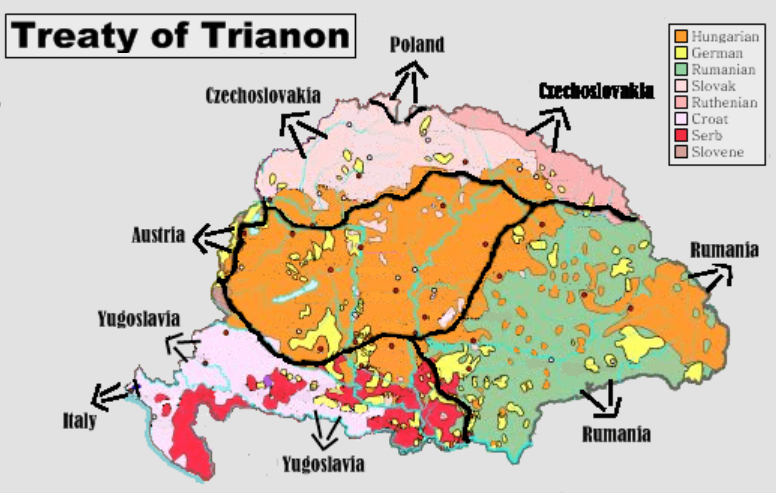

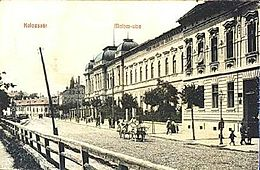

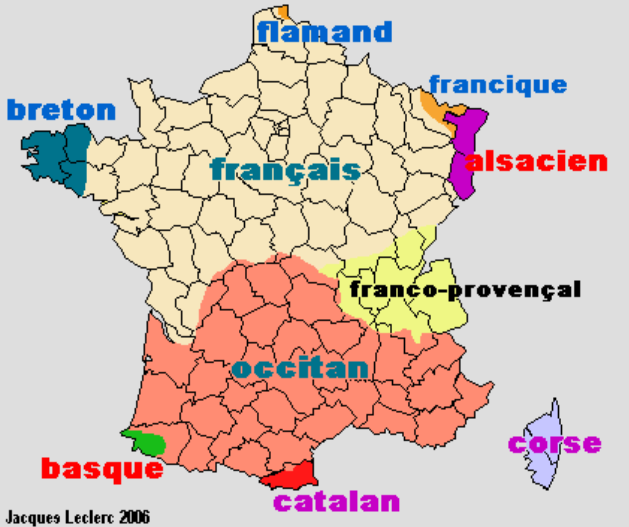
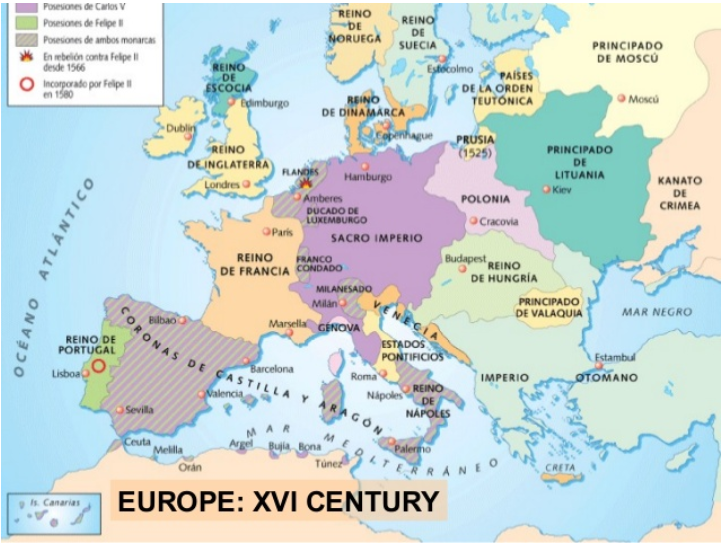
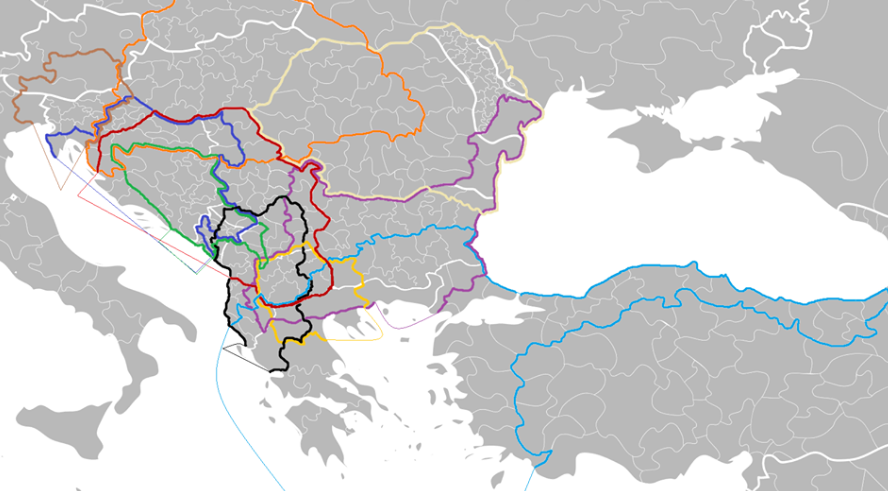
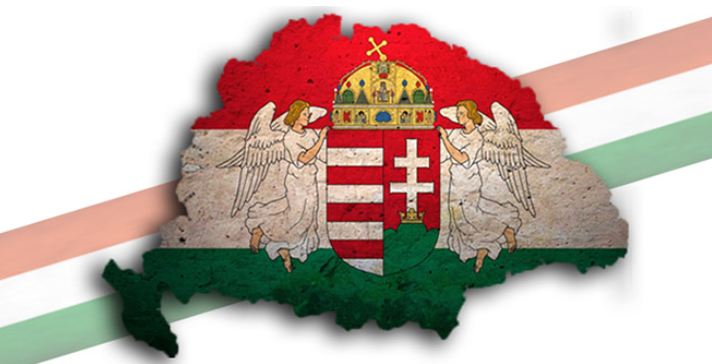
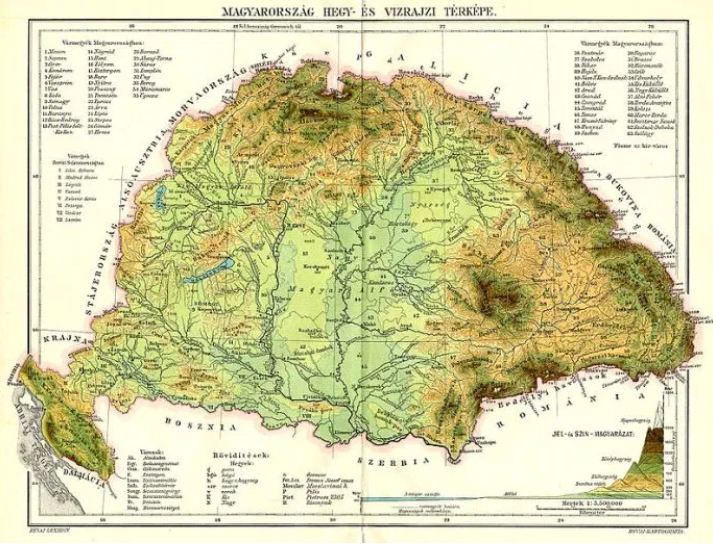
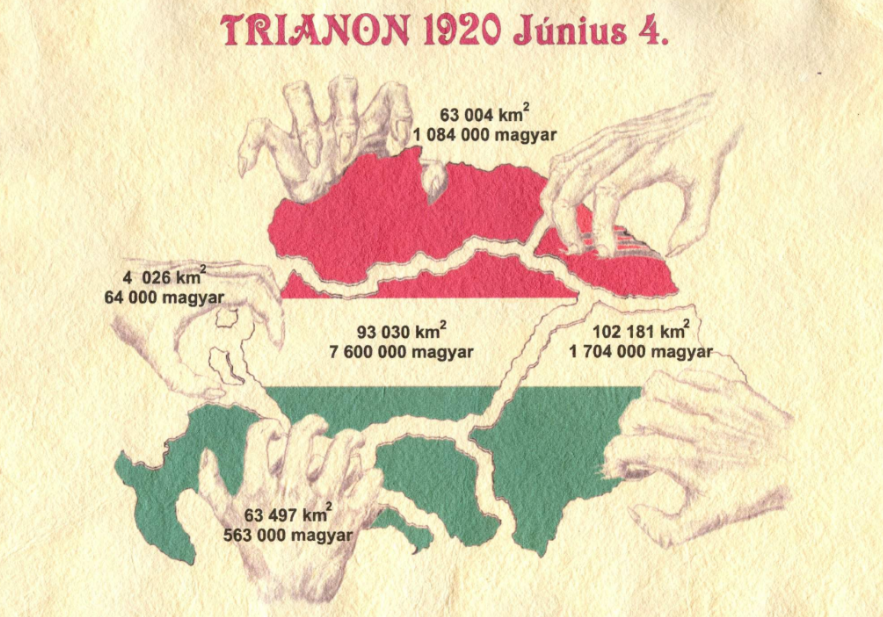
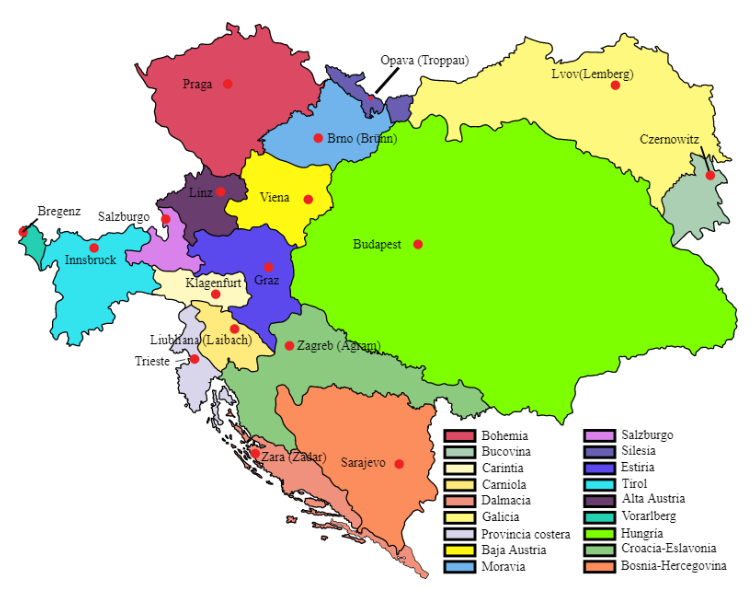
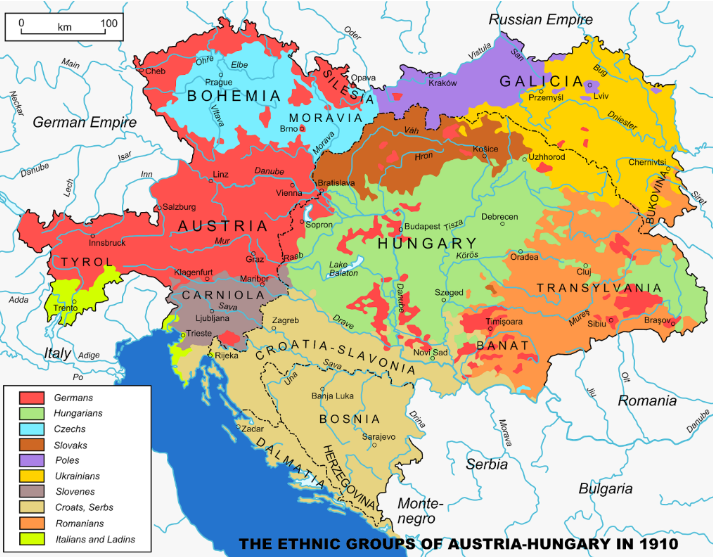
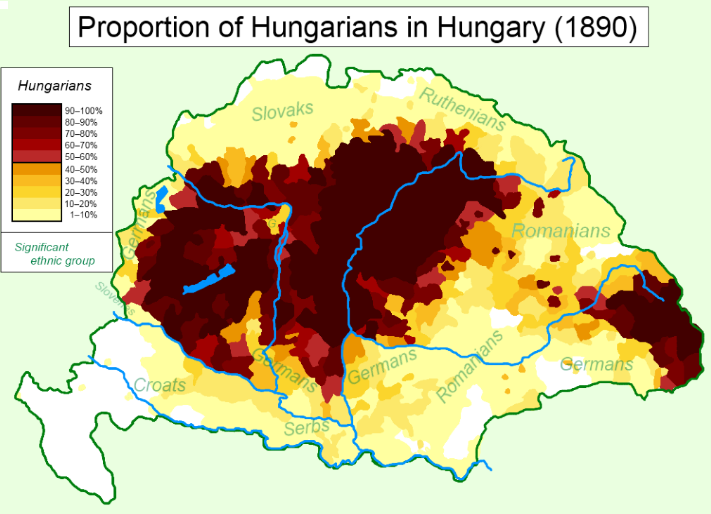
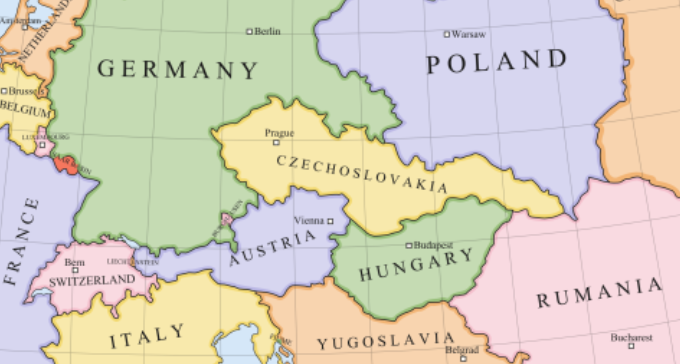
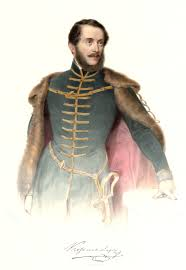
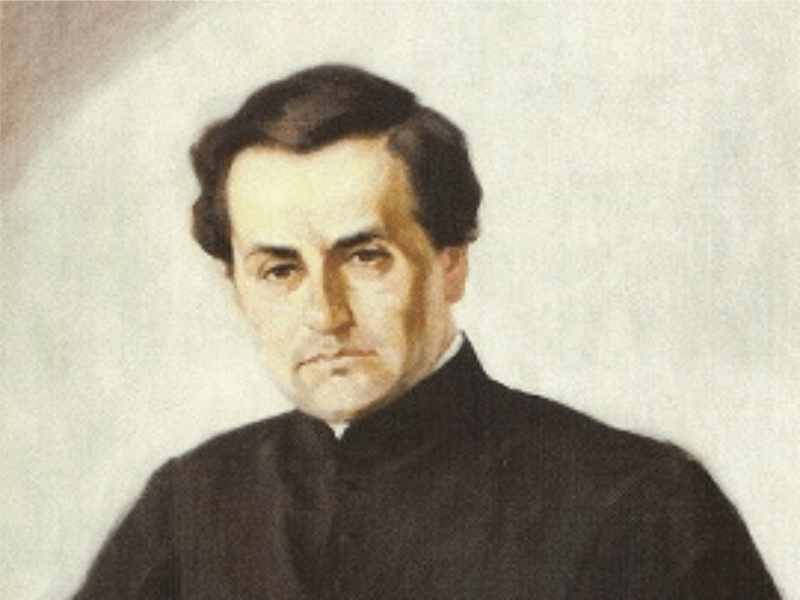
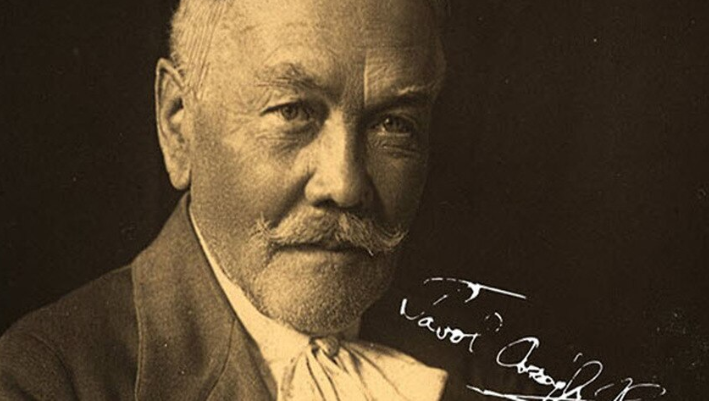
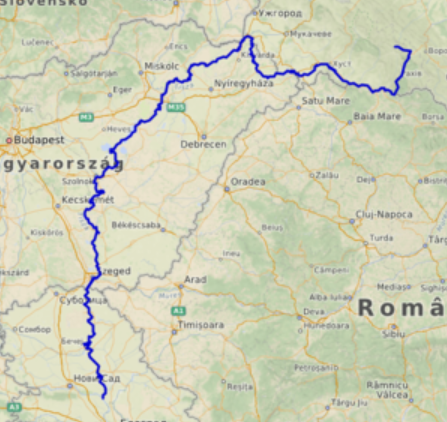
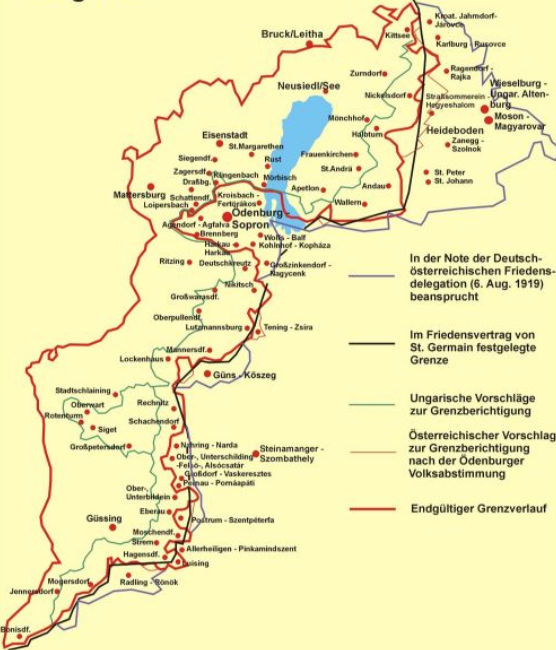
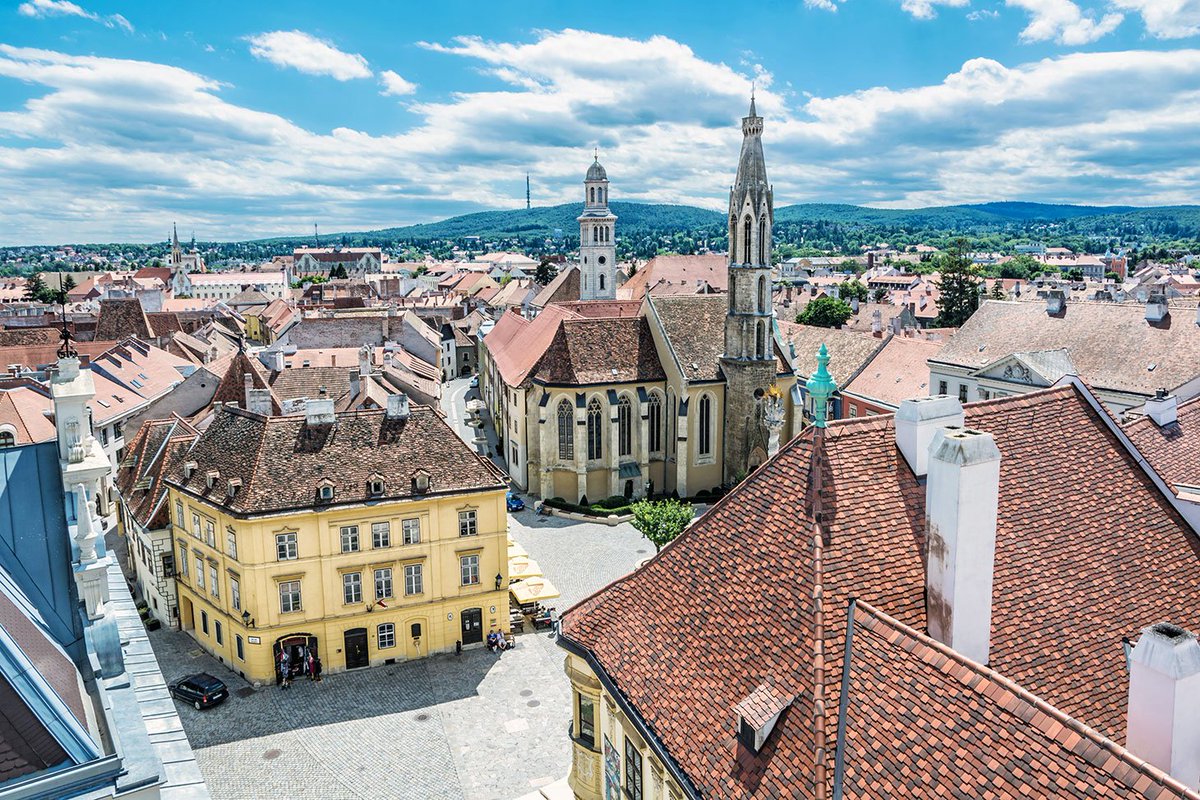
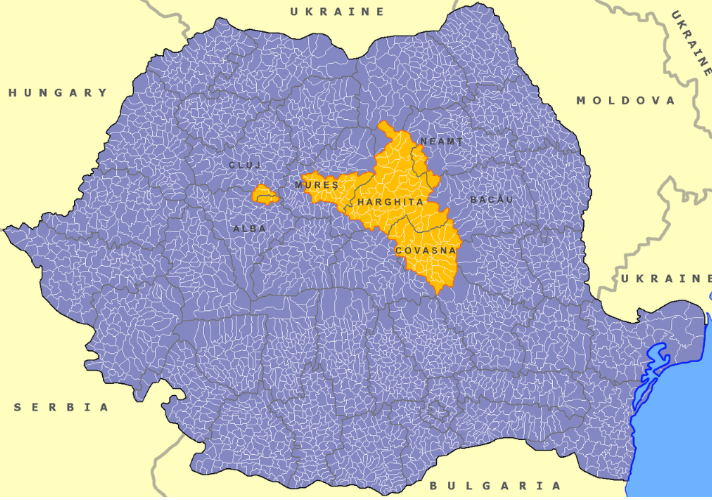
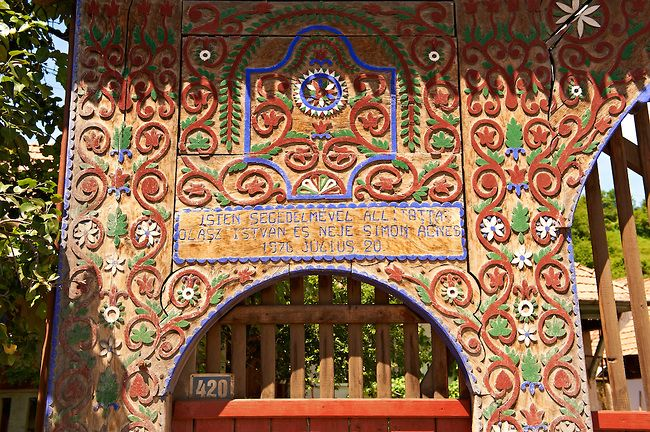

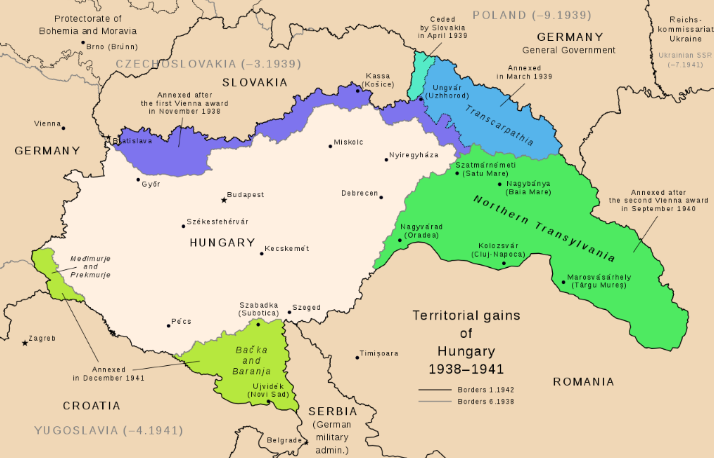
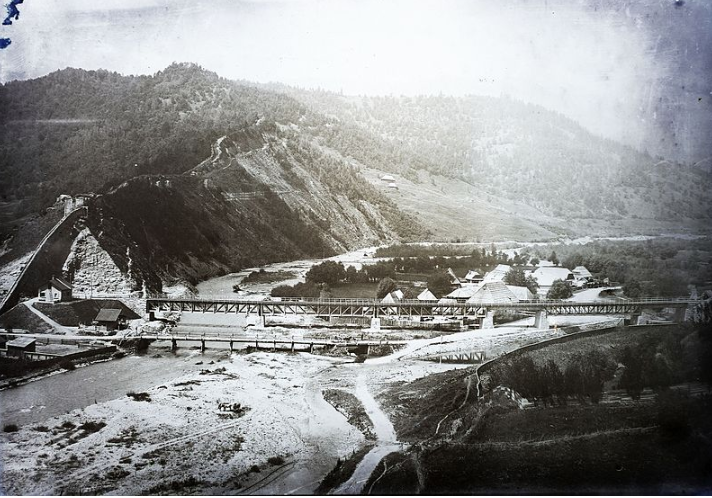

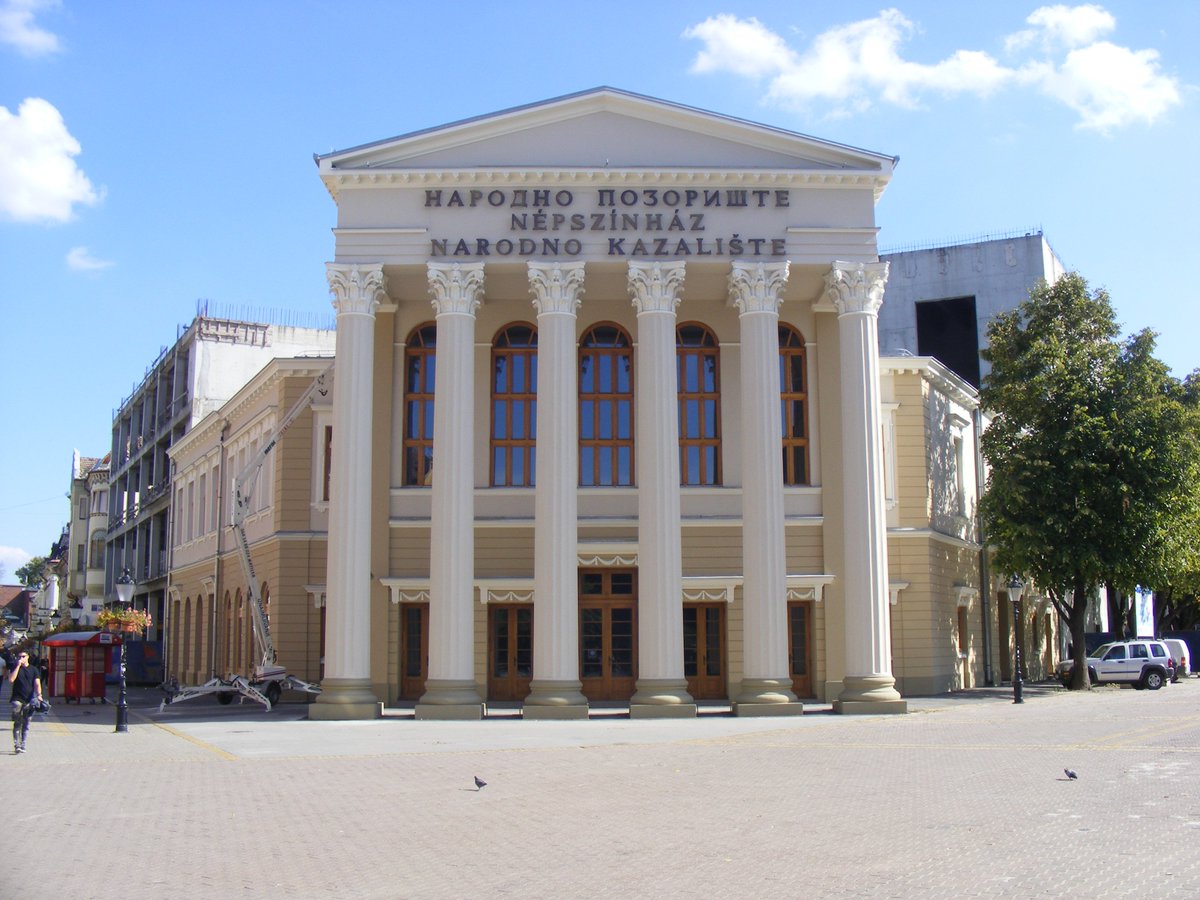
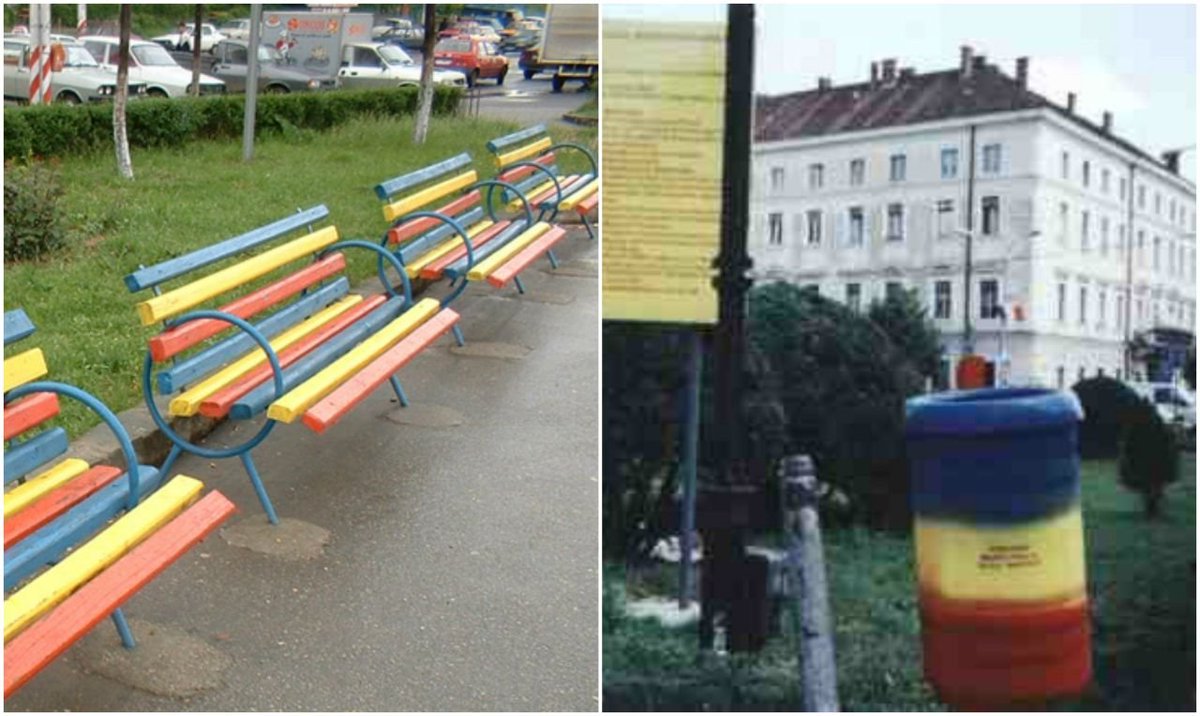
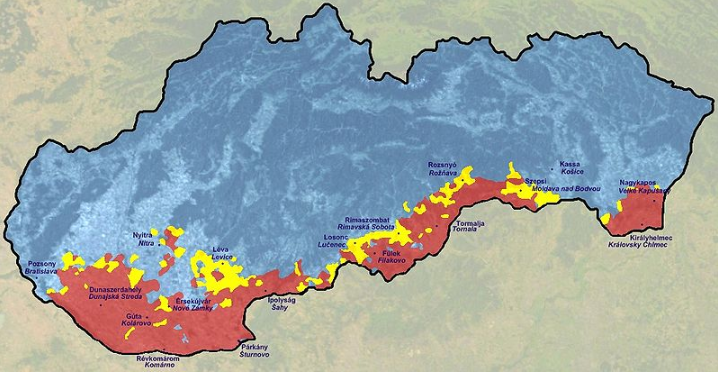
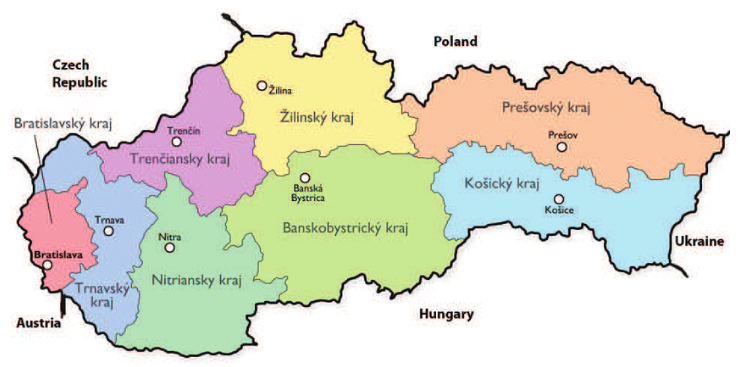
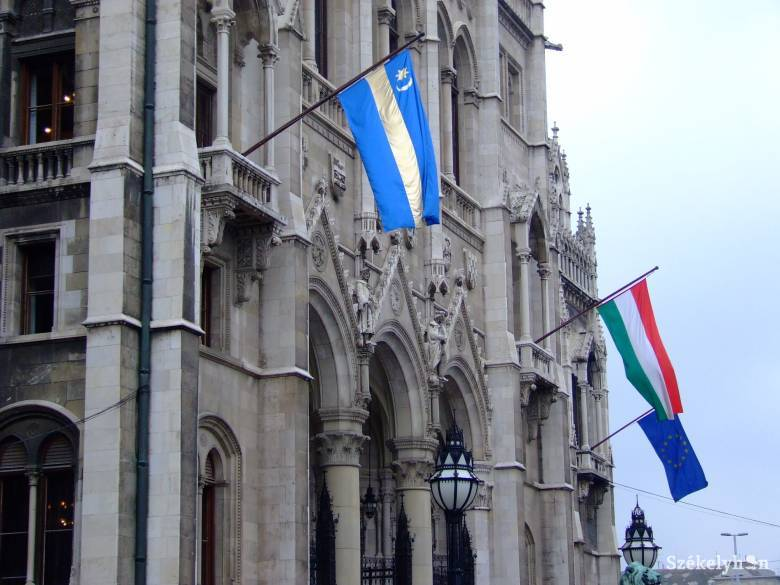

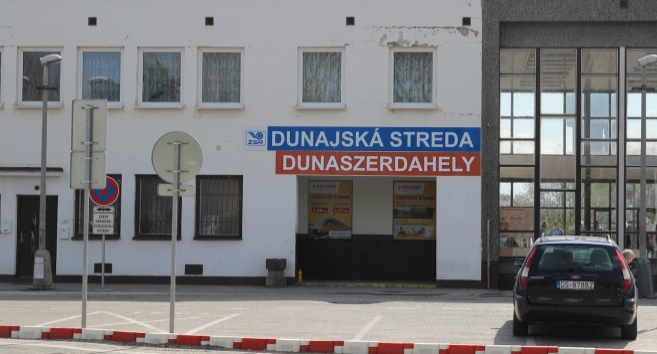
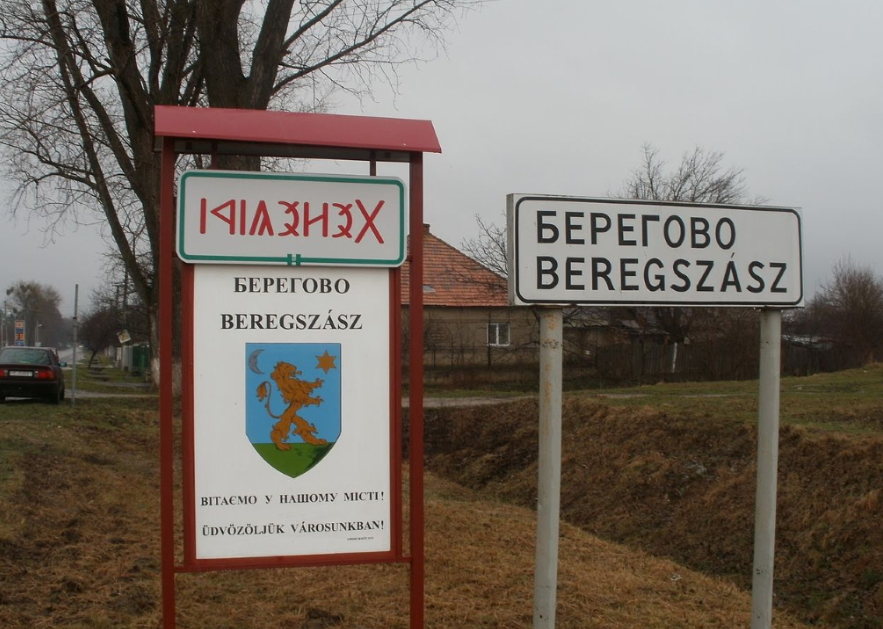
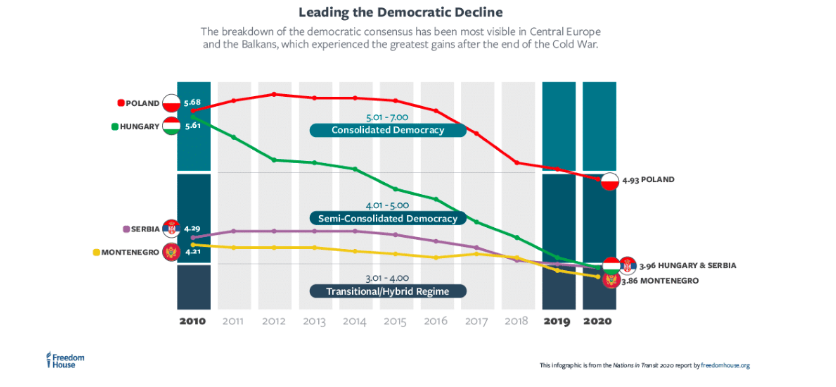
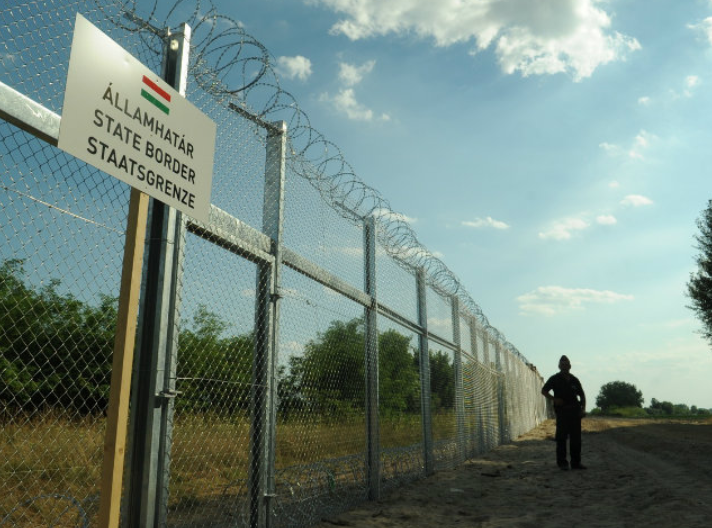
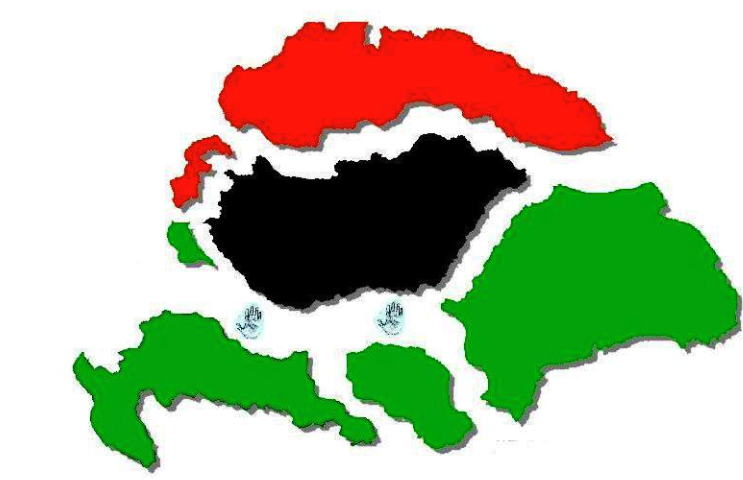

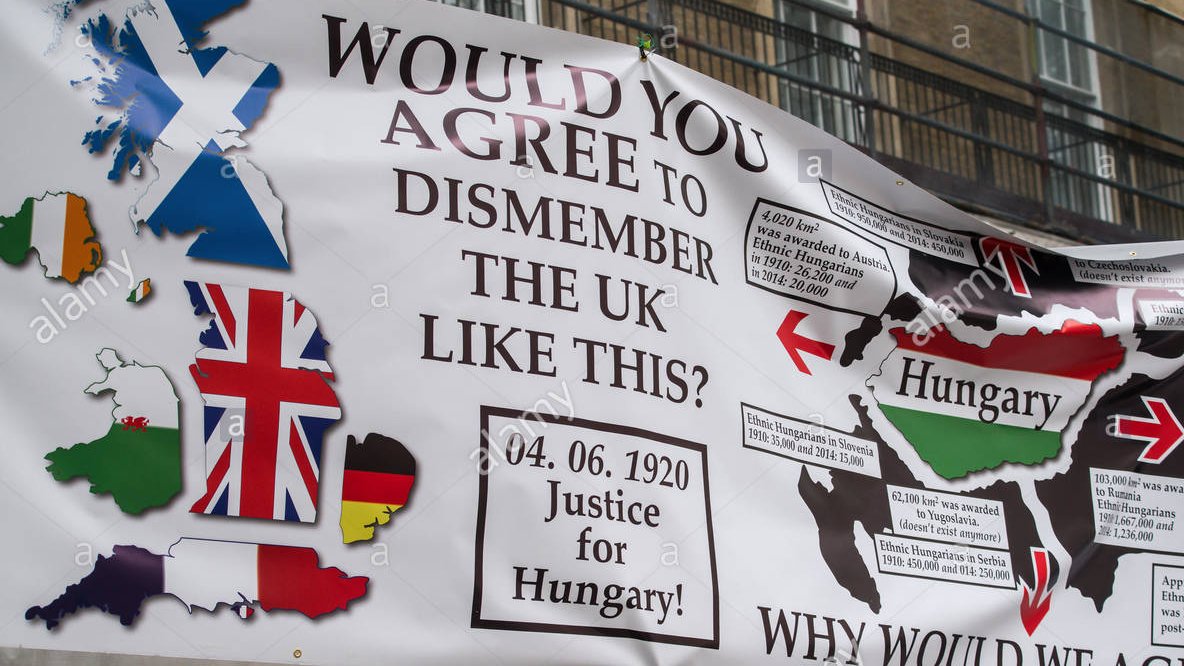 #Trianon" title="At the moment, yes https://abs.twimg.com/emoji/v2/... draggable="false" alt="😂" title="Gesicht mit Freudentränen" aria-label="Emoji: Gesicht mit Freudentränen"> #Trianon" class="img-responsive" style="max-width:100%;"/>
#Trianon" title="At the moment, yes https://abs.twimg.com/emoji/v2/... draggable="false" alt="😂" title="Gesicht mit Freudentränen" aria-label="Emoji: Gesicht mit Freudentränen"> #Trianon" class="img-responsive" style="max-width:100%;"/>


